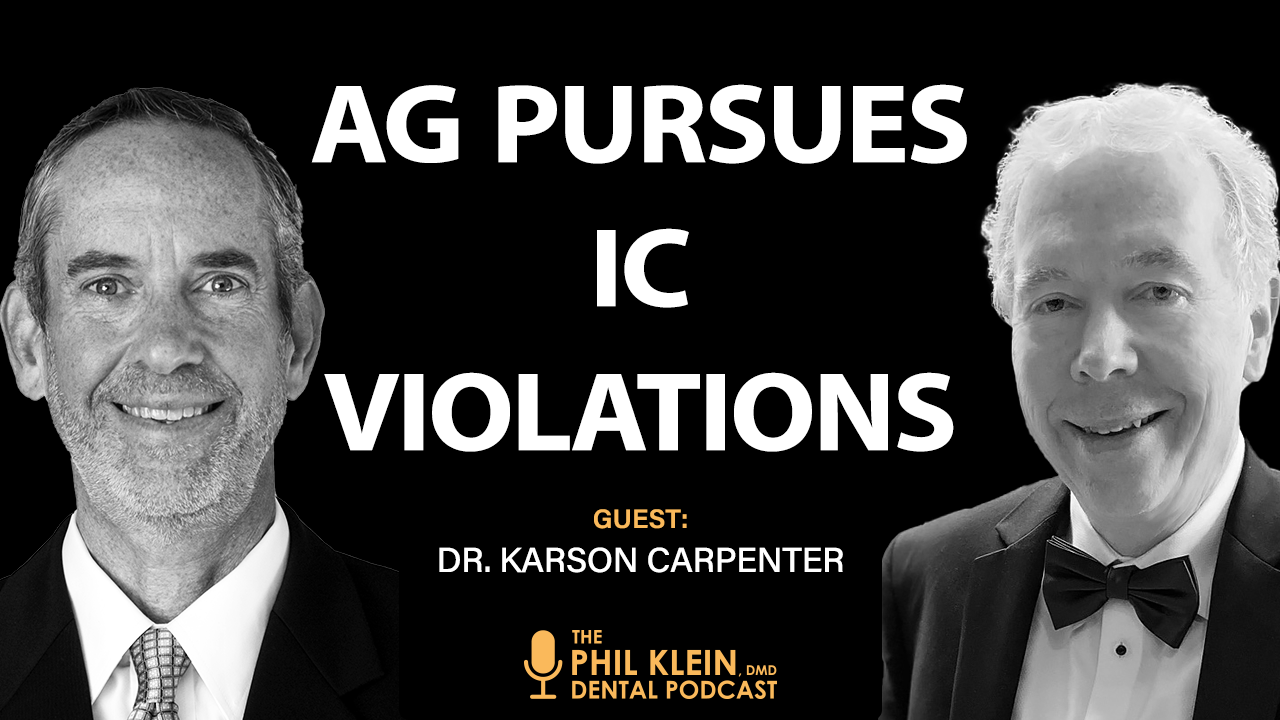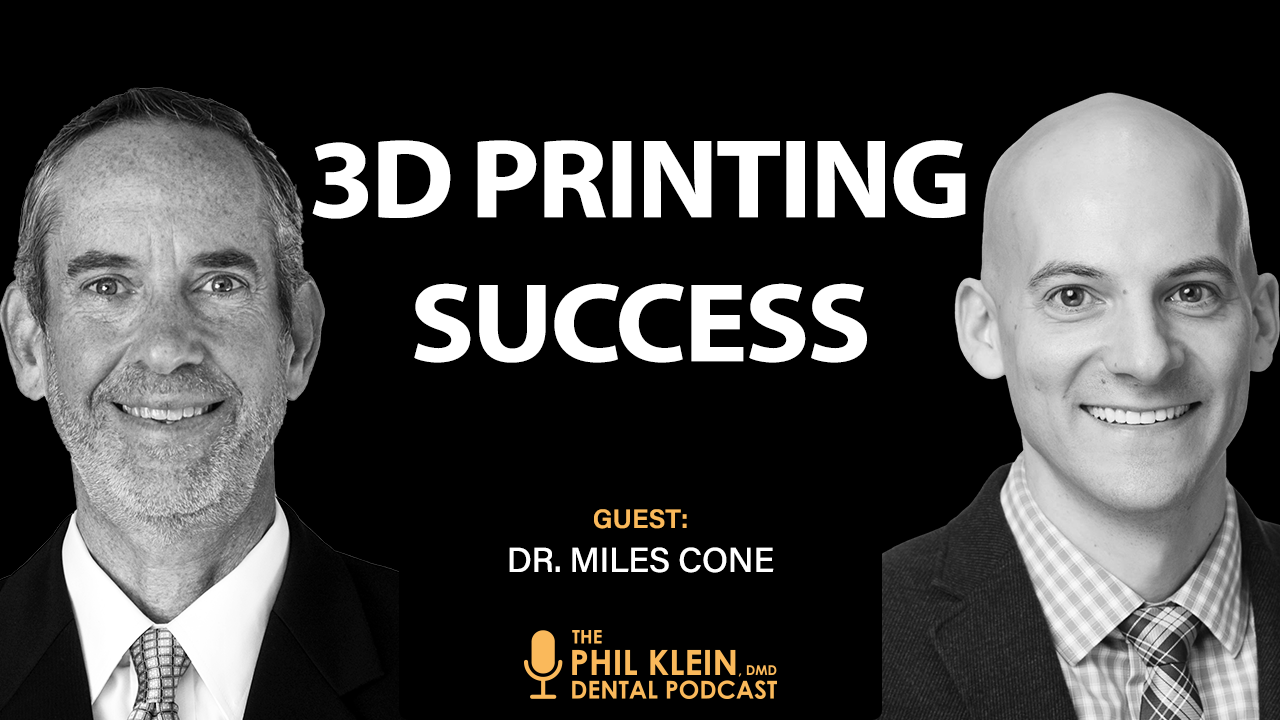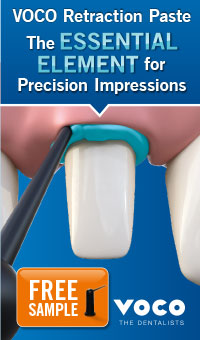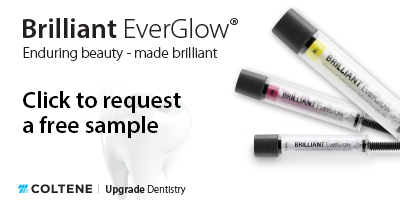
Using Silver Diamine Fluoride to Treat Active Decay
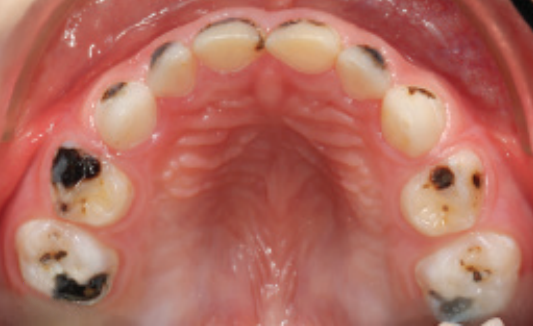
When it comes to your materials and medical devices, in addition to the on-label use there is often an excellent off-label use as well. This is the case for silver diamine fluoride. On-label, silver diamine fluoride is a desensitizer. Off-label, it can be used to treat active decay.
Dr. Jeff Brucia, an assistant professor at the University of
the Pacific, Dugoni School of Dentistry who also maintains a private practice
in San Francisco focusing on aesthetic and restorative dentistry, uses silver
diamine fluoride for both short-term and long-term triage purposes.
When to consider using silver diamine fluoride to manage active decay
There are times when a patient has active decay and you are not able to immediately do the definitive treatment. For example, Dr. Brucia says, “Sometimes it’s spotting a deep area at a hygiene appointment, knowing that I’m not going to be able to get that patient back in my schedule on the restorative side for three or four weeks. So I or my hygienist can place some silver diamine fluoride to arrest that decay, and then I can come back in and do definitive treatment later.”
This can be helpful when you may have an unmanageable environment, such as a pediatric patient who cannot hold still. Placing the silver diamine fluoride can buy time for that child by delaying the need for a more aggressive medical approach.
In addition, Dr. Brucia sometimes uses silver diamine
fluoride as a long-term triage for his patients who are older adults. He has
even successfully managed some patient’s older dentition with silver diamine
fluoride and an anti-caries management pH control protocol for eight years or
more.
One-bottle vs. two-bottle silver diamine fluoride systems
“Right now,” Dr. Brucia states, “I believe we have two forms of silver diamine fluoride. We have one bottle and we have two bottles, and they’re very, very different. The application time and technique is very different.”
Which does Dr. Brucia recommend? The two-bottle systems that
contain iodide, such as the Riva Star Desensitizer Bottle Kit from SDI. One of
his reasons for this recommendation is that this type of system will enable you
to better manage the silver discoloration that can be a big issue with silver
diamine fluoride.
How to use silver diamine fluoride in a triage situation
Referring to the two-bottle systems that contain iodide, Dr. Brucia explains that you should place a rapid one drop of bottle number one and then place one drop of bottle number two, without scrubbing.
By doing this, he says, “You have provided an environment that now creates a much stronger bacterial shield. You are doubling the level of fluoride and you are sealing that environment. In fact, I’ll take it one step further. If you were to do a 15-second phosphoric etch as Dr. Knight has written about in several of his papers, you’ll get an even better bacterial seal with the two-bottle system.”
However, Dr. Brucia points out, “If you’re following the triage technique with the two-bottle system, if you do not continue to rub the iodide bottle material until that white precipitate does form, you will see discoloration. But you will get a better seal in an open exposed area if you leave that white precipitate there and not continue to massage it.”
Of course, in this triage situation you need to be aware
that the silver diamine fluoride will not last forever. How often you will need
to rejuvenate it with another application is product dependent. “I am finding,”
Dr. Brucia observes, “that the two-bottle system is working so well that when
I’m using it in triage, the protocol is basically reapplying if needed every
six months.”
How to use silver diamine fluoride with a restorative procedure
“If you want to incorporate silver diamine fluoride in with
a restorative procedure,” Dr. Brucia relates, “then the only difference in my
technique, per articles that Dr. Knight has written, is you continue rubbing
the [drop from the] second bottle until the white precipitate is gone, and then
you move to an RMGI adhesive, like a Riva Bond LC.” It is this rubbing that
greatly lowers the risk of silver discoloration.
How to use silver diamine fluoride to address 360 root decay under a crown
What can be done when a patient is getting 360 root decay in a tooth that has a crown? After all, this is a very difficult situation to manage. Dr. Brucia has a unique approach utilizing both RMGI and silver diamine fluoride.
“Sometimes I’ll remove that crown,” he shares, “and make a temporary crown. But then, I’ll cement that crown on with RMGI [resin-modified glass ionomer]. I’ll use my Riva Luting Plus. That becomes my definitive restoration if I know that environment is unmanageable.
“That procedure is going to cost the patient about one third, one fourth, as much as a permanent crown. And now I have the opportunity every two, three, four years to take that crown off. If there is more 360 decay, I make another one. Now I can go in and make an almost replaceable crown, and I can do that over a series of nine to 12 years for what many dentists would charge for one permanent crown.”
As an added measure in a situation like this, in addition to
the temporary crown cemented in with RMGI, you can use silver diamine fluoride to
arrest the decay. This is a solid option for a decayed tooth under a permanent
crown that might otherwise have been extracted.









